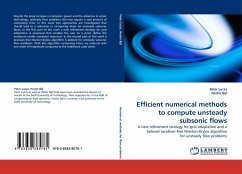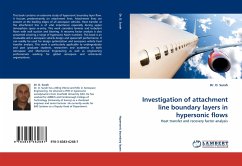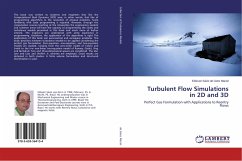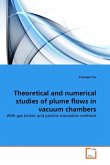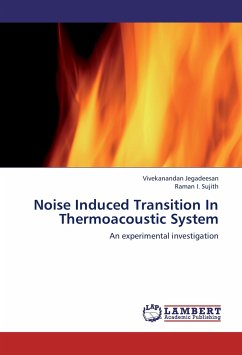Shock-induced flow separation and its subsequent reattachment are encountered in many configurations, such as supersonic inlets or rocket nozzles. These phenomena involve complex interactions of boundary layers with compression or expansion waves and exhibit a low-frequency unsteady behaviour which still requires a clear explanation. This study aims at better identifying the physical mechanisms which drive the global structure of these flows and suggesting improved numerical tools in order to predict these more accurately. The appearance of free and restricted separations in supersonic separated jets is more particularly investigated. Various hypotheses are tested to explain the evolution of the associated unsteady asymmetric wall pressure field in function of the nozzle pressure ratio. New numerical strategies are proposed and lead to identify more accurately the appearance of free and restricted separations and the time-varying morphology of the flow during the transition process. Possible origins of side-load activities are extensively investigated by performing the azimuthal expansion of wall pressure field.
Bitte wählen Sie Ihr Anliegen aus.
Rechnungen
Retourenschein anfordern
Bestellstatus
Storno


